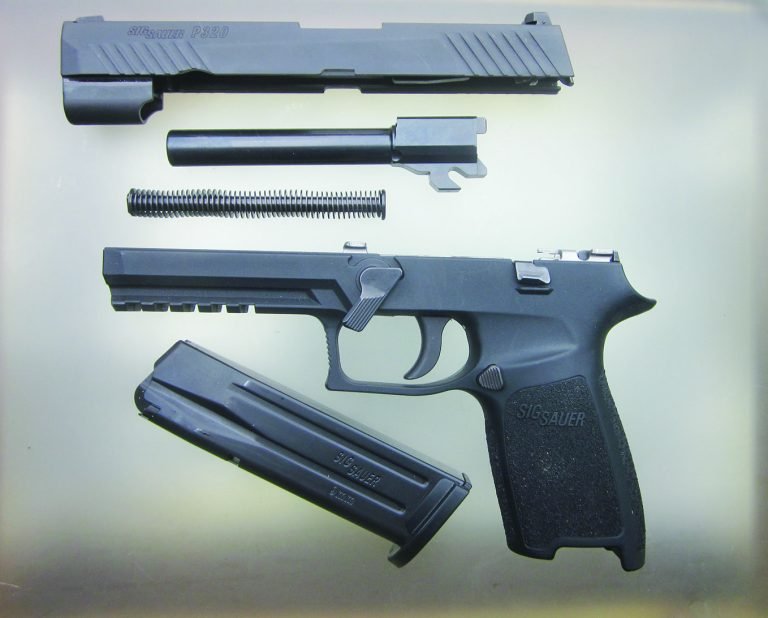The Importance of Home Defense and Home Safety
- Angela Gustus
- Jan 25
- 3 min read

Your home is your sanctuary—a place where you and your loved ones should feel safe and secure. But achieving that sense of security requires more than locking your doors and hoping for the best. Home defense and home safety are about creating a layered approach to protect what matters most. Whether you’re just starting to think about home security or looking to upgrade your efforts, understanding the importance of home defense is a crucial step.
Let’s explore why home defense matters and how to incorporate safety measures into your daily life.
Why Home Defense Matters
Home defense isn’t just about preparing for worst-case scenarios; it’s about peace of mind. Knowing your home is secure allows you to sleep better at night, leave the house with confidence, and focus on living your life without fear.
1. Protecting Your Loved Ones
Your family is your top priority. While you can’t predict when or if a threat might arise, being prepared ensures you’re ready to act if necessary. A solid home defense plan is like having a safety net—it’s there when you need it.
2. Deterring Crime
Criminals are opportunists. If your home appears secure and difficult to access, they’re more likely to move on to an easier target. A well-lit property, visible security systems, and signs of active surveillance can send a clear message: “Not here.”
3. Emergency Preparedness
Home defense isn’t just about break-ins. It also includes preparation for natural disasters, fires, or medical emergencies. Knowing you’re ready for any situation can make all the difference when seconds count.
Building Your Home Defense Strategy
Creating a safe and secure home doesn’t happen overnight, but a few key steps can make a big difference. Here’s a breakdown of what you can do:
1. Strengthen Your Perimeter
Your first line of defense is the boundary around your home.
Lighting: Install motion-activated lights around entry points and walkways.
Landscaping: Trim bushes and trees near windows or doors to eliminate hiding spots.
Fencing: A sturdy fence adds another layer of protection.
2. Secure Entry Points
Doors and windows are the most common entry points for intruders.
Reinforce Doors: Use deadbolts, door armor, and strike plates to make your doors harder to breach.
Secure Windows: Install window locks, security film, or sensors to deter tampering.
Smart Locks: Consider investing in smart locks for added convenience and control.
3. Install a Security System
Modern security systems are more affordable and accessible than ever.
Cameras: Indoor and outdoor cameras provide a watchful eye and act as a deterrent.
Alarms: A loud alarm can scare off intruders and alert neighbors.
Monitoring: Professional monitoring services ensure someone is always keeping an eye on your home.
4. Develop an Emergency Plan
Your family should know what to do in various scenarios.
Escape Routes: Practice evacuation drills in case of fire or other emergencies.
Safe Room: Identify a secure location where your family can gather if there’s a threat.
Communication Plan: Ensure everyone knows how to contact each other in an emergency.
5. Consider Self-Defense Tools
For those comfortable and trained, self-defense tools can be a part of your home defense plan.
Firearms: If you choose to keep a firearm, ensure it is stored safely and you are trained in its use.
Non-lethal Options: Pepper spray, tasers, or personal alarms are effective alternatives.
Prioritizing Home Safety
While home defense focuses on external threats, home safety is about preventing accidents and being prepared for the unexpected.
Fire Safety
Install smoke detectors and carbon monoxide alarms on every level of your home.
Keep a fire extinguisher in key areas like the kitchen and garage.
Have an escape ladder for upper floors.
Childproofing
If you have young children, take steps to secure sharp objects, medications, and cleaning supplies. Use outlet covers and cabinet locks to prevent accidents.
Health Emergencies
Keep a first aid kit stocked and accessible.
Learn basic CPR and first aid techniques.
Have a list of emergency contacts and important medical information readily available.
The Power of Community
One often-overlooked aspect of home defense and safety is community. Get to know your neighbors and participate in local watch programs if they exist. A connected neighborhood is often a safer one.
Final Thoughts
Home defense and safety are about taking proactive steps to protect what matters most. By combining physical security measures, emergency preparedness, and a commitment to safety, you can create a home environment that feels truly secure.
Remember, this isn’t a one-and-done process. Regularly evaluate your home defense strategy and update it as needed. After all, nothing is more important than the peace of mind that comes with knowing you’ve done everything you can to protect your loved ones and your home. Stay safe!





Comments